Late in 2014 we had the chance to review 3 of Zeiss’ best portrait lenses. This is the second review of this series and we will be looking at the Otus 85mm f/1.4.
In late October 2014 we received a large package to our doorstep which included 3 of the top portrait lenses currently manufactured by Zeiss – the Zeiss Otus 55mm f/1.4, the Zeiss Otus 85mm f/1.4 and the Zeiss 135mm f/2 Apo Sonnar T*. We spent about a month with all three lenses and we have already published the first review in this series (see our very extensive Zeiss Otus 55mm f/1.4 Lens Review) and on this review we are going to look on its sister lens – the 85mm, and see how it performs (note – expect a serious feeling of Déjà-vu if you read the previous review).
Upside-down Otus
A table of content if you like to jump forward in the video:
- Introduction
- Design and build quality (1:05)
- Lens performance (4:10)
- Conclusion (7:07)
Here is a quick look at the specs of the Otus 85mm f/1.4 lens:
- Mount Canon/Nikon (we used our Nikon D7100 and a Nikon D800 for this test).
- Weight: 1140 grams~.
- Length: 141 mm.
- Width 101 mm (Diameter of focusing ring).
- Filter: 86 mm.
- Construction: 11 elements / 9 groups (Apocrhomatic with Planar optical design).
- Minimum focus distance: 80 cm.
- Maximum magnification: 1:7.6.
- Focus ring with 265 degrees of rotation.
- DOF (Depth of Field) scale is provided – including wide aperture marks.
Build Quality
Just like the Otus 55mm, this lens is made in Japan and not in Germany. However the build quality is really top-notch and present possibly the highest quality construction that we have ever used in a lens (and we have looked at pro lenses from all the major manufacturers), it is identical in almost any respect to that of the 55mm Otus.
Just like its shorter sister, the focus ring on the 85mm Otus is very smooth but also very very sensitive (it is actually more sensitive as you have even more turn on the focus ring of the 85mm). When comparing the ring to the focus ring of our Nikon 105mm f/2.8 macro lens – a solid pro AF prime lens from Nikon, you feel the difference immediately. In fact the Nikon feels as if it moves in increments while the focus movement on the Zeiss is completely smooth and continuous.
Focus and aperture rings
The aperture ring is small and clicky with a small lock button. We never really used it as we changed the aperture from the camera itself.
The entire lens is made out of metal and so is the hood which has a nice black fabric on the inside to prevent reflections – just like in the Otus 55mm. The hood is so strong that you can hold it as if you are holding the lens itself. It was not cold when we used the lens so it is hard for us to really tell, but it is possible that working with the lens outside in a very cold environment with no gloves, it can be a little bit uncomfortable.
Performance
If you have read our Otus 55mm review you are not going to be surprised by the performance of the 85mm Otus which to us at least looks pretty much identical – and that is a very (very) good thing indeed.
Just like with the 55mm Otus, we performed our regular series of tests (see below) but more than anything we were truly impressed with the sharpness, contrast and especially the amount of detail that this lens provides.
Vignetting – wide open you do see a little bit of vignetting (on the Nikon D800) but to our eyes at least, this look very minimal. Closing down eliminates the vignette fairly quickly and when fully closed down there is no trace of it at all.
Barrel distortion – just like the 55mm Otus, the lens has no apparent barrel distortion.
Chromatic aberration – we never encountered any CA (there might be some in extreme situations but Zeiss seemed to do a very good job in this respect).
Sharpness – on the following images you can see the sharpness in different apertures across the frame (shot with the D800 on a tripod with Live view). It was even harder to do this test than with the 55mm Otus as even a very very small angle of the camera produced an out of focus in one of the sides of the frame wide open. Although at the it might seem like the image is not super sharp at the very extreme side wide open – our feeling is that this is some sort of an artifact of our testing methodology rather than a real world result.
Here is a real world example of sharpness (shot with the D800) – full image
100% crop
Contrast level is also extremely high on the 85mm Otus. One of the best features of both Otus lenses seems to be the amazing handling of veiling flare – we shot almost right into the sun and the contrast of the image did not deteriorate significantly (like we see in almost any other lens).
No veiling flare
Conclusion
The Otus 85mm is an amazing lens. Both in terms of build quality and design and in terms of its phenomenal image quality. There is very little that sets it apart from the 55mm Otus but there are still a few minor differences. First, you have the size – the 85mm is larger even significantly larger and especially wider – making it possibly one of the widest lenses that we have ever used (including very long pro telephoto lenses). It is also heavier (as you might expect) and requires a larger filter. On the plus side the focus ring is even more sensitive (with an extra 20 degrees or so of turn – even on the 55mm Otus the focus ring sensitivity was off the chart and required very very careful use).
The three champions of Zeiss
Pricing is high (currently higher than the 55mm Otus which is now below $4000 compared to around $4500 for the 85mm Otus), however we find it hard to believe that this will really be a reason for potential buyers to prefer the 55mm over the 85mm. When it boils down to it – photographers will choose according to their preferred focal length more than anything.
As for the target audience – just like with the 55mm Otus, we see two potential buyers for this lens – pro studio photographers who are looking for the best of the best (and don’t mind the manual focus), and those who are looking for ultra high image quality and are used to shooting with a manual focus lens (maybe from their old analog days).
The best 85mm around – hands down
What we liked
- Super high image quality (best in class and the sharpest lens we ever tested along with the Zeiss Otus 55mm f/1.4).
- Unique design and very high build quality.
- Metal hood with anti reflection fabric inside.
- Comfortable rubber focus ring with huge 261° of rotation.
What we liked less
- Large and heavy (for a 85mm lens).
- No Weather-sealing.
- Manual focus only.
- Expensive.
Gallery
The following is a gallery of images which we took using the Otus 55mm with both the Nikon D7100 and the Nikon D800. Images were not changed apart from cropping.
The first series of images plus 100% crops from those images
A few more shots (click to enlarge)
We would like to thank jugend for loaning us the Nikon D800 camera used in this review, as well as ABS who helped with lens loaning logistics. A big special thank you goes to Zeiss who were kind enough the loan us all 3 lenses for an extended period of time so that we can complete all of our tests.

You can support LensVid by shopping with our affiliate partners
Affiliates: Amazon, B&H, Adorama and E-bay.
Why should you trust us?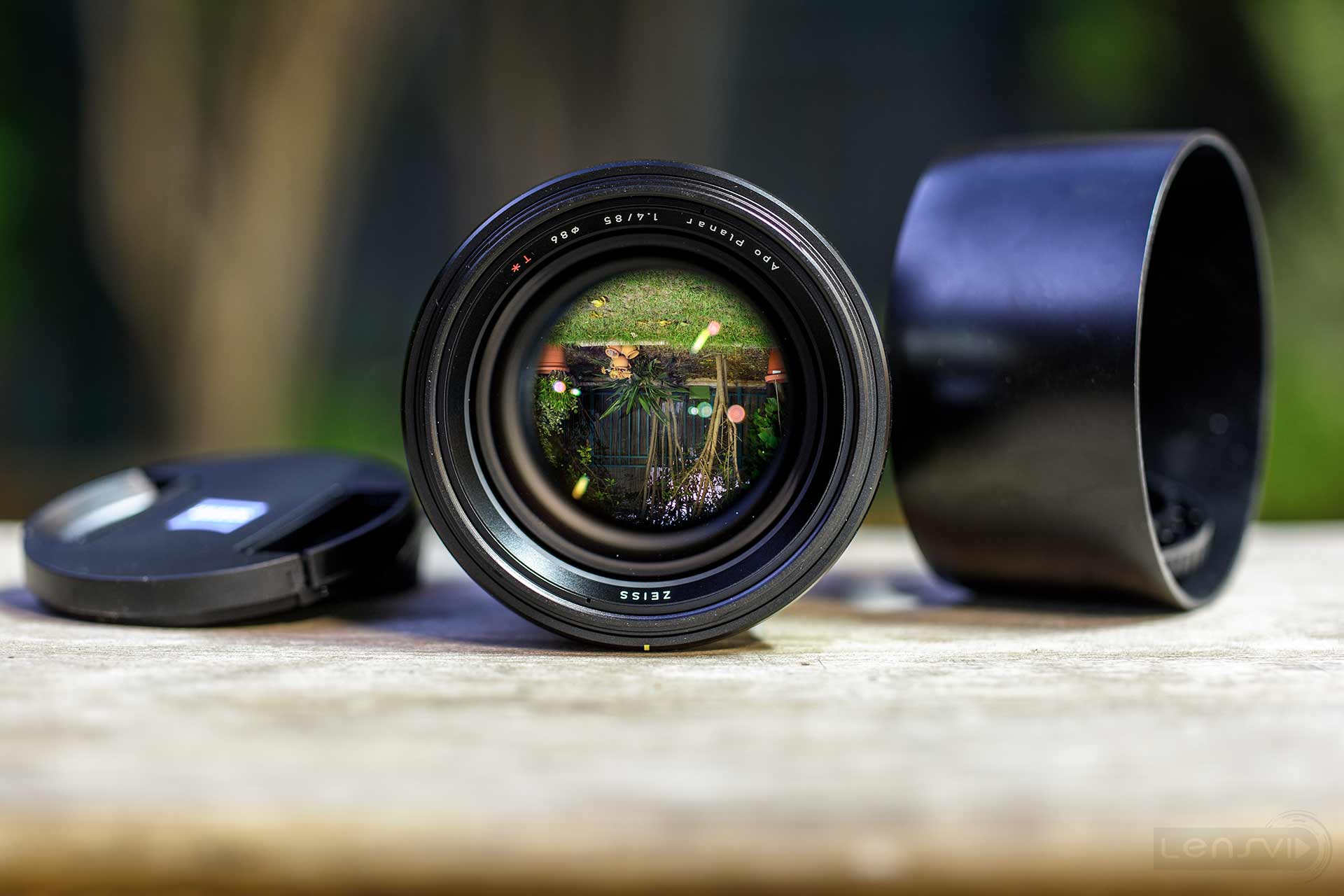
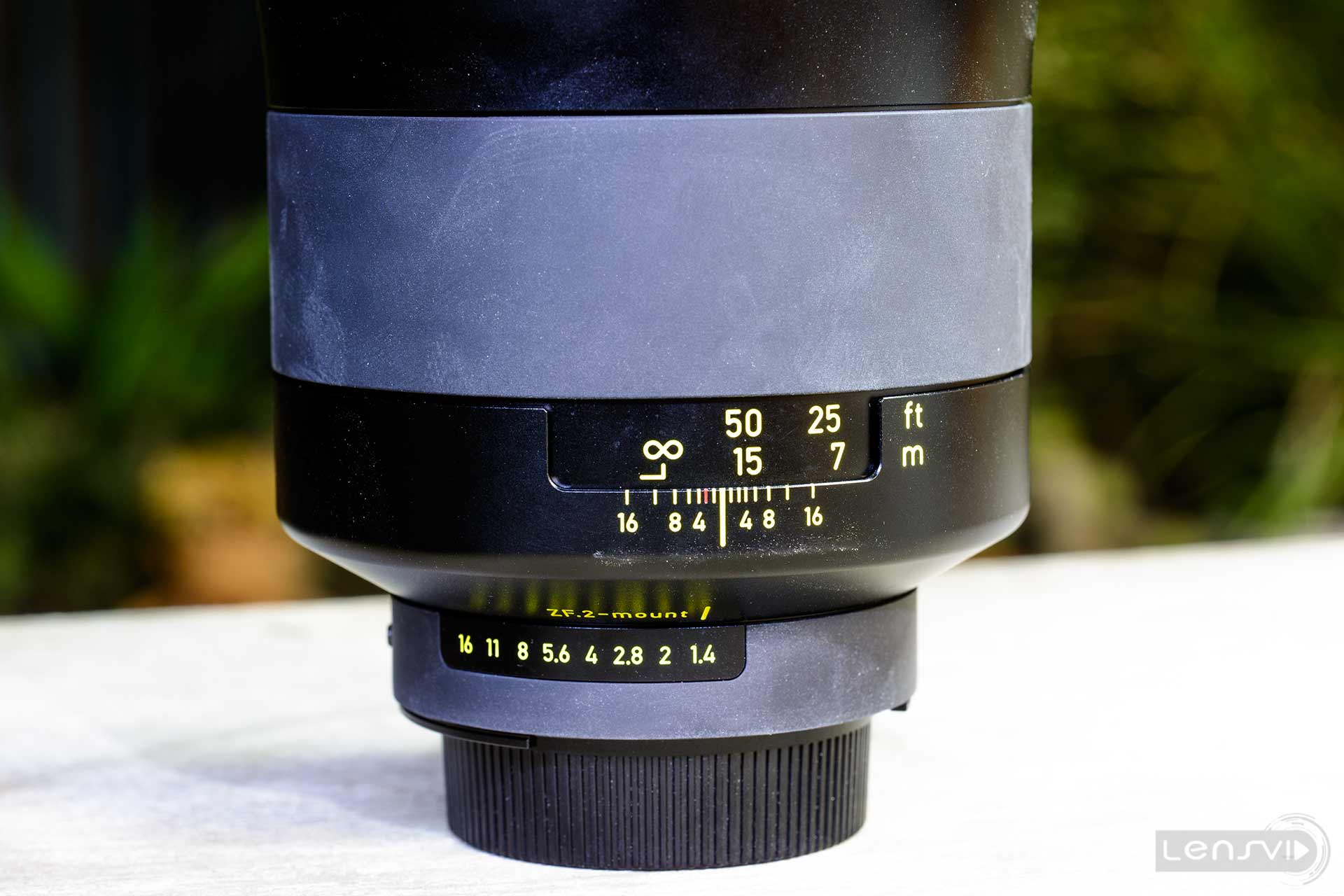

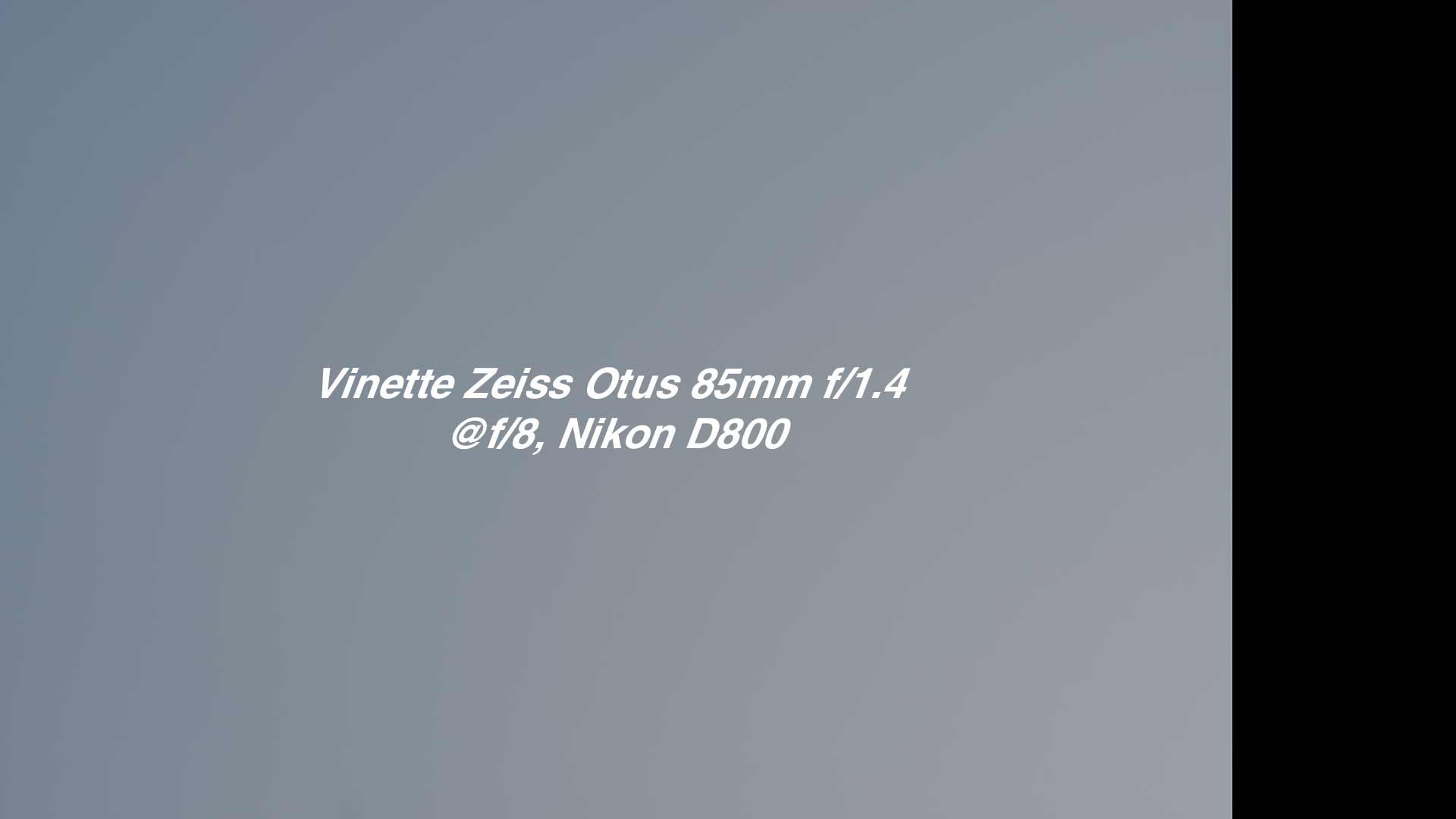
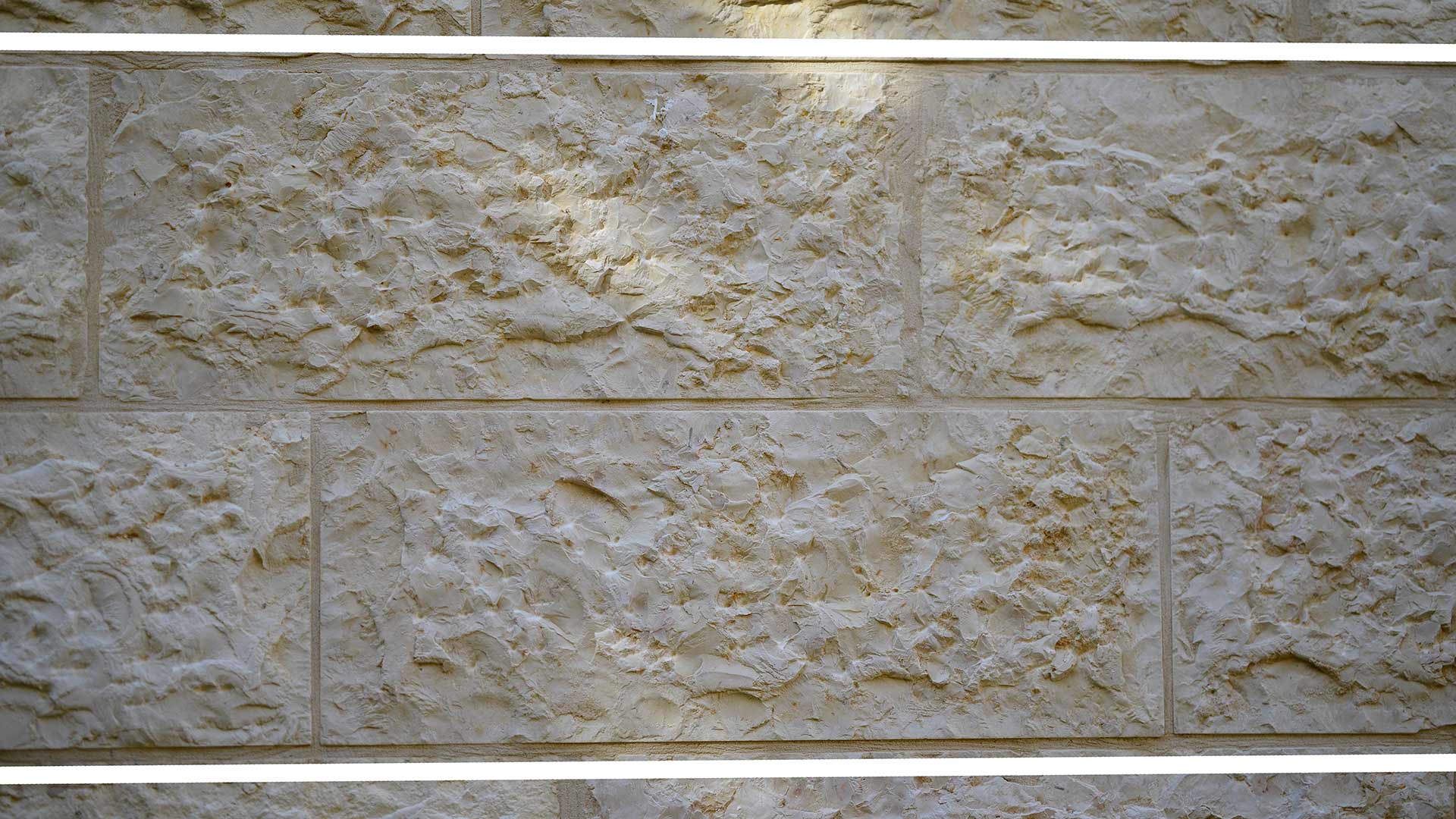
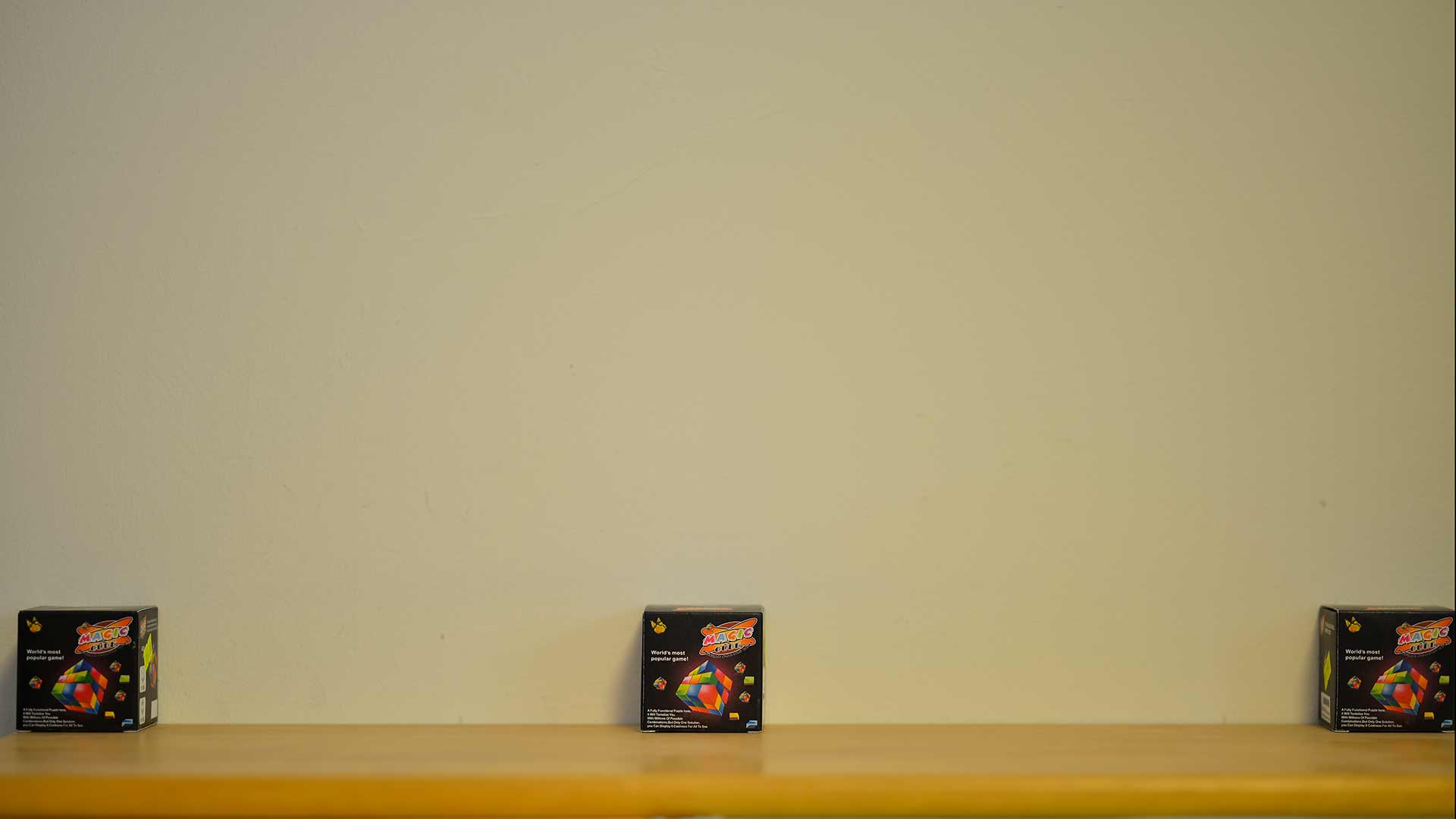

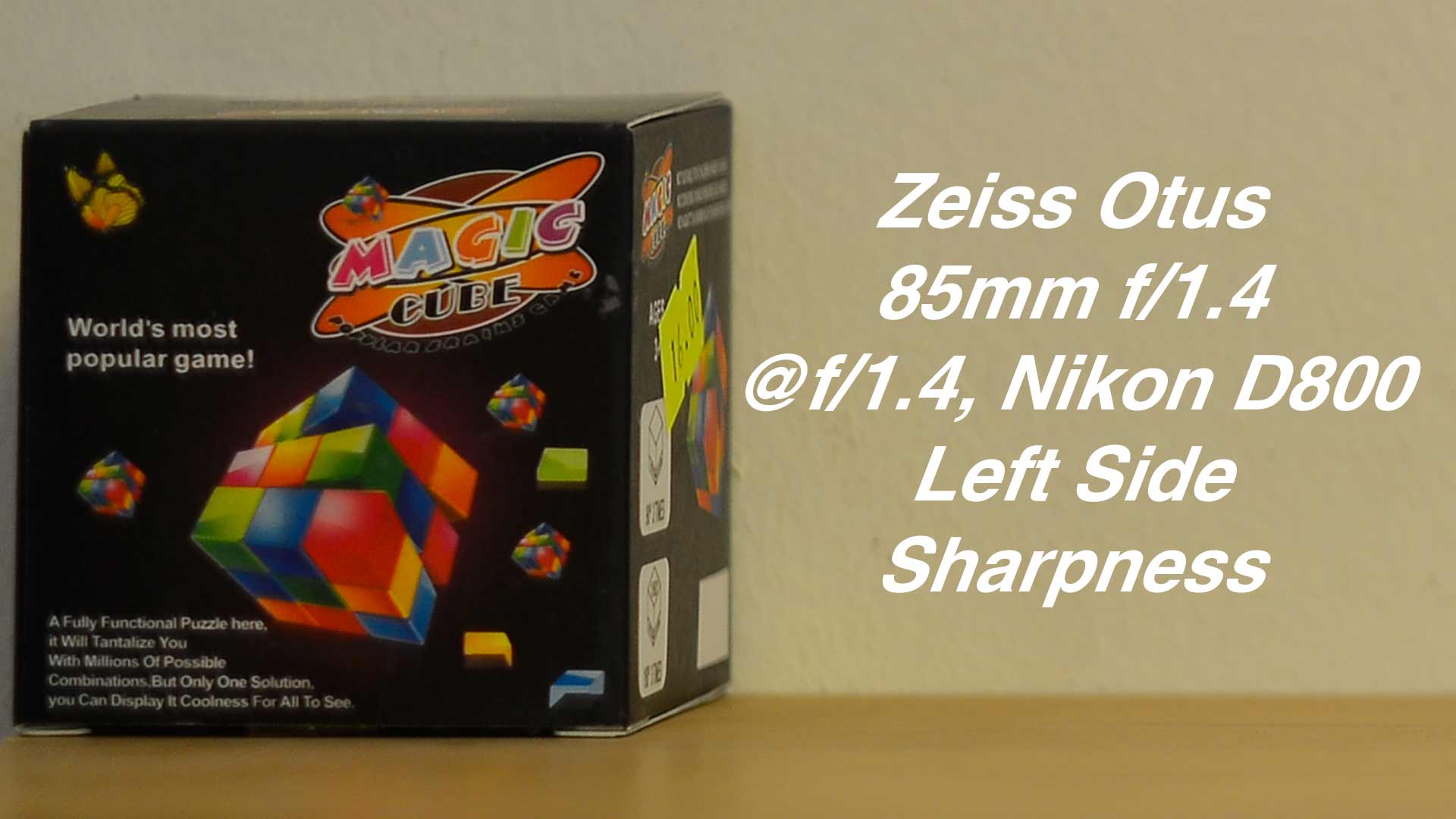
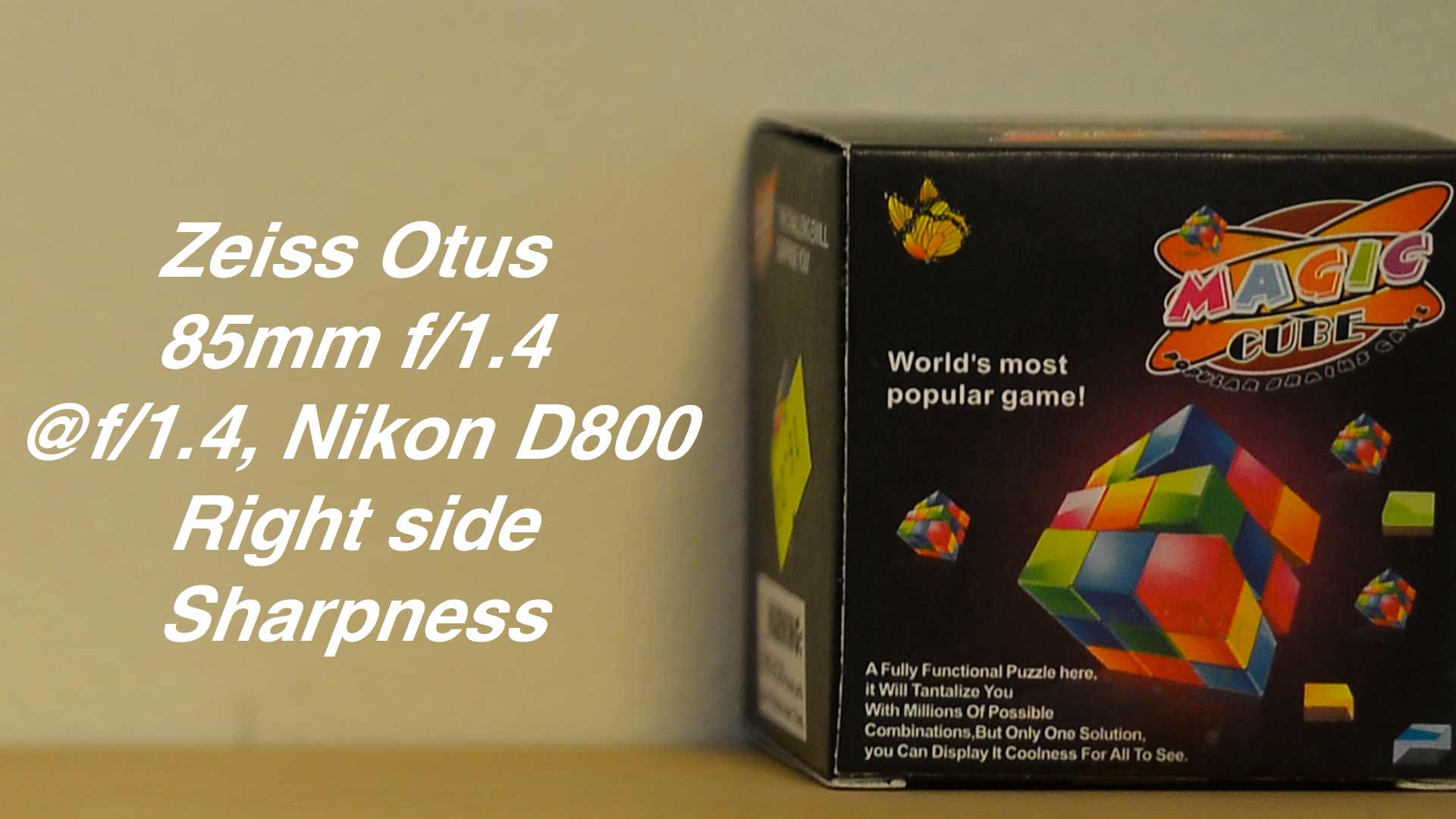
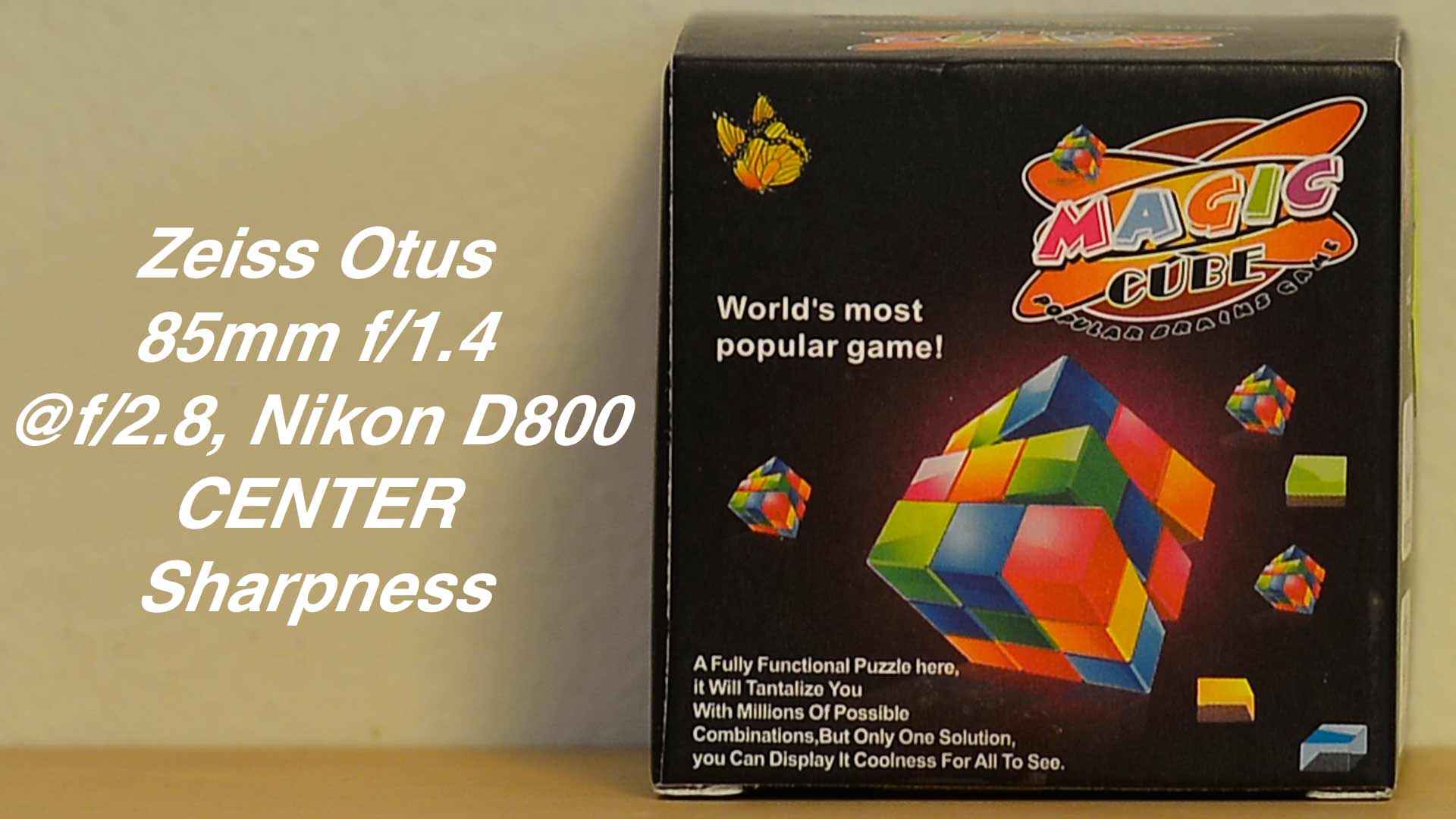


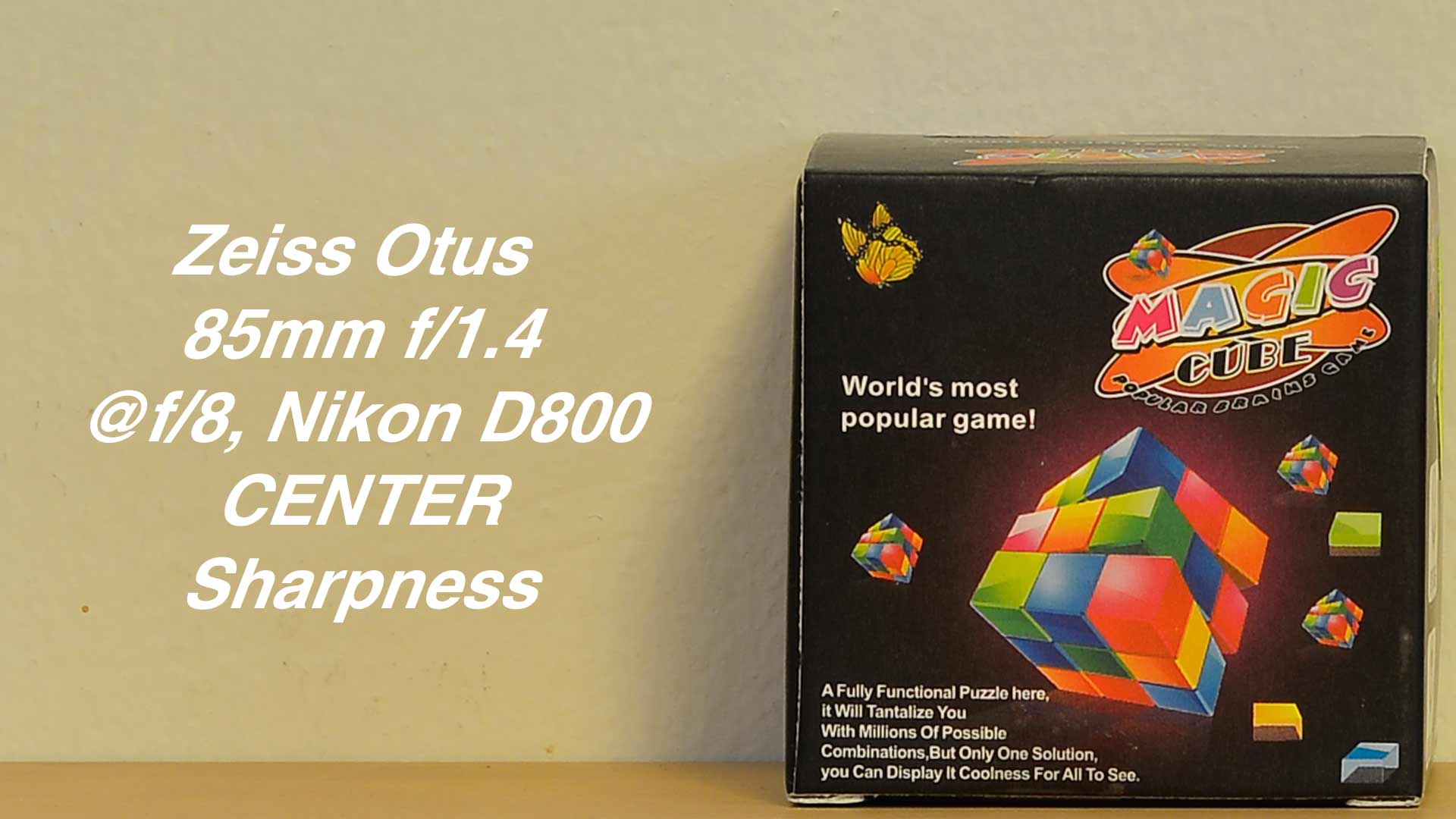
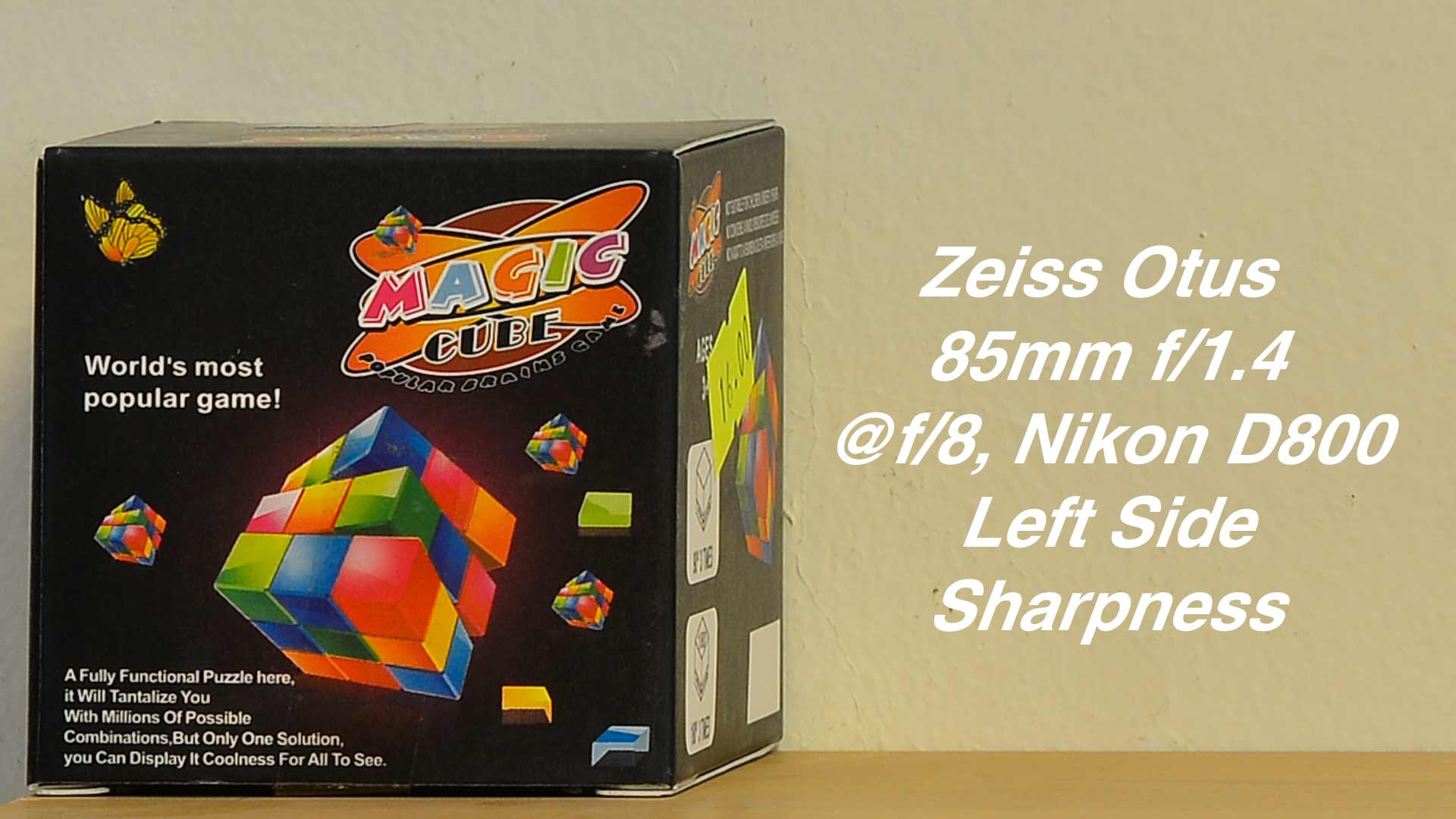
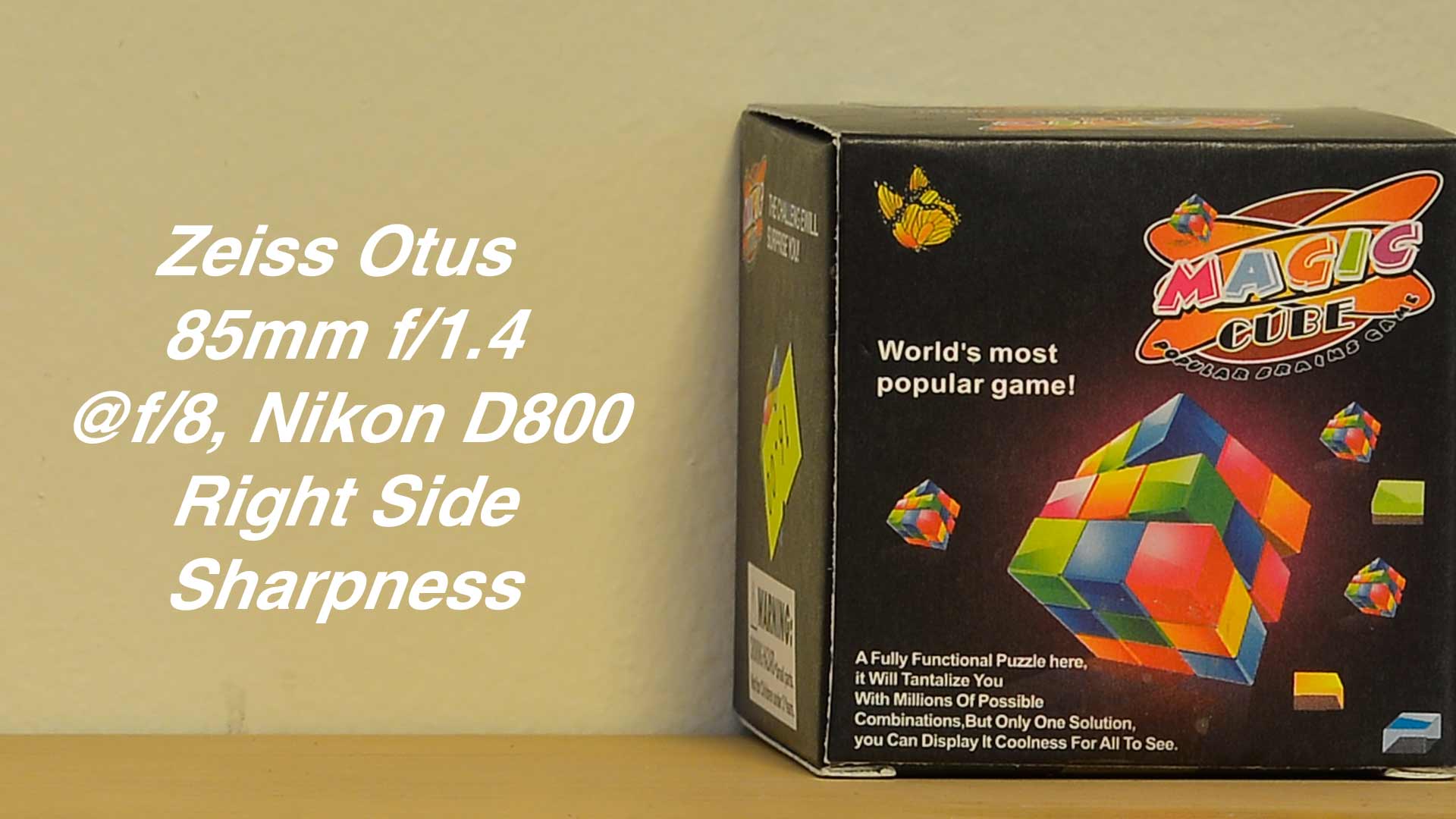



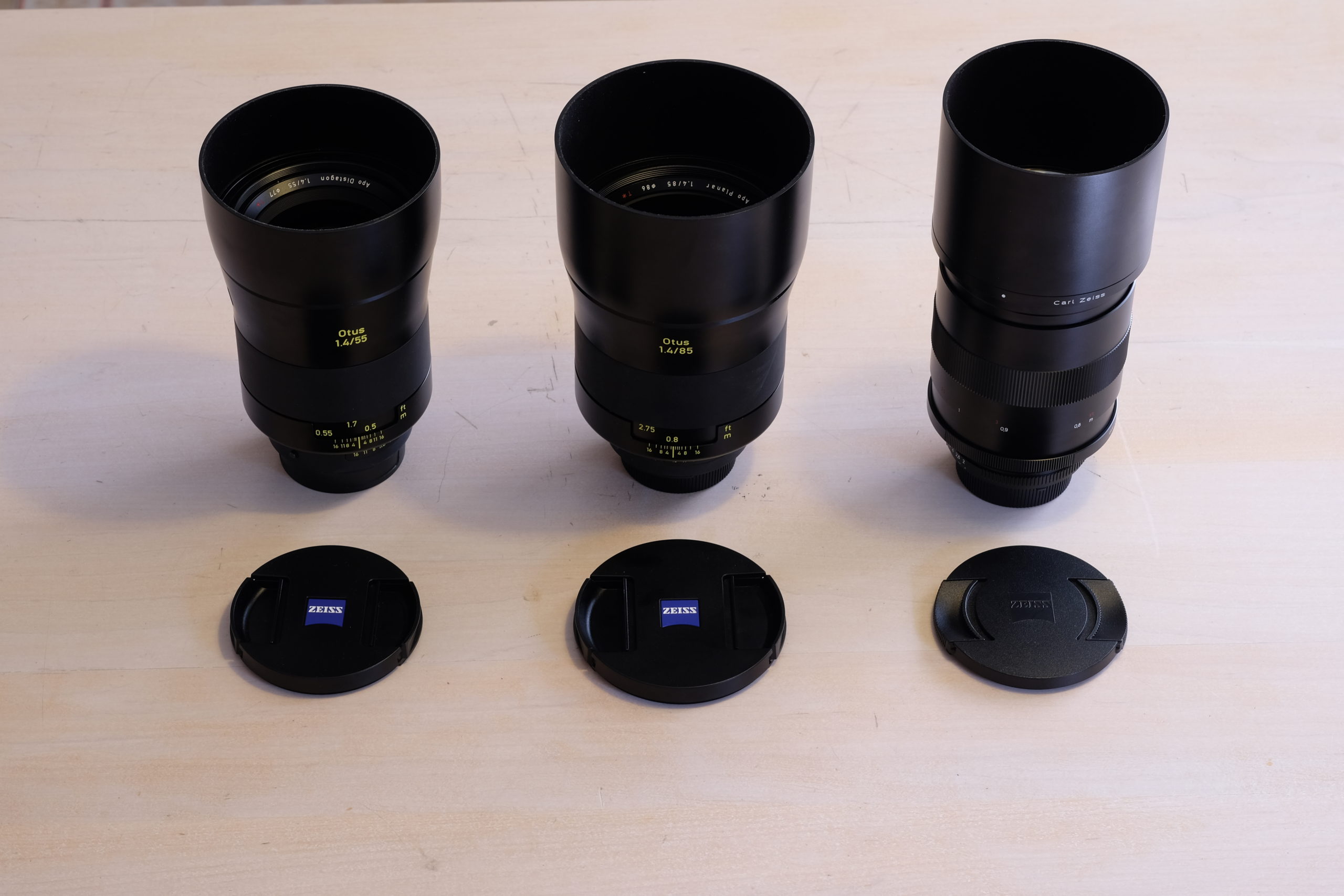
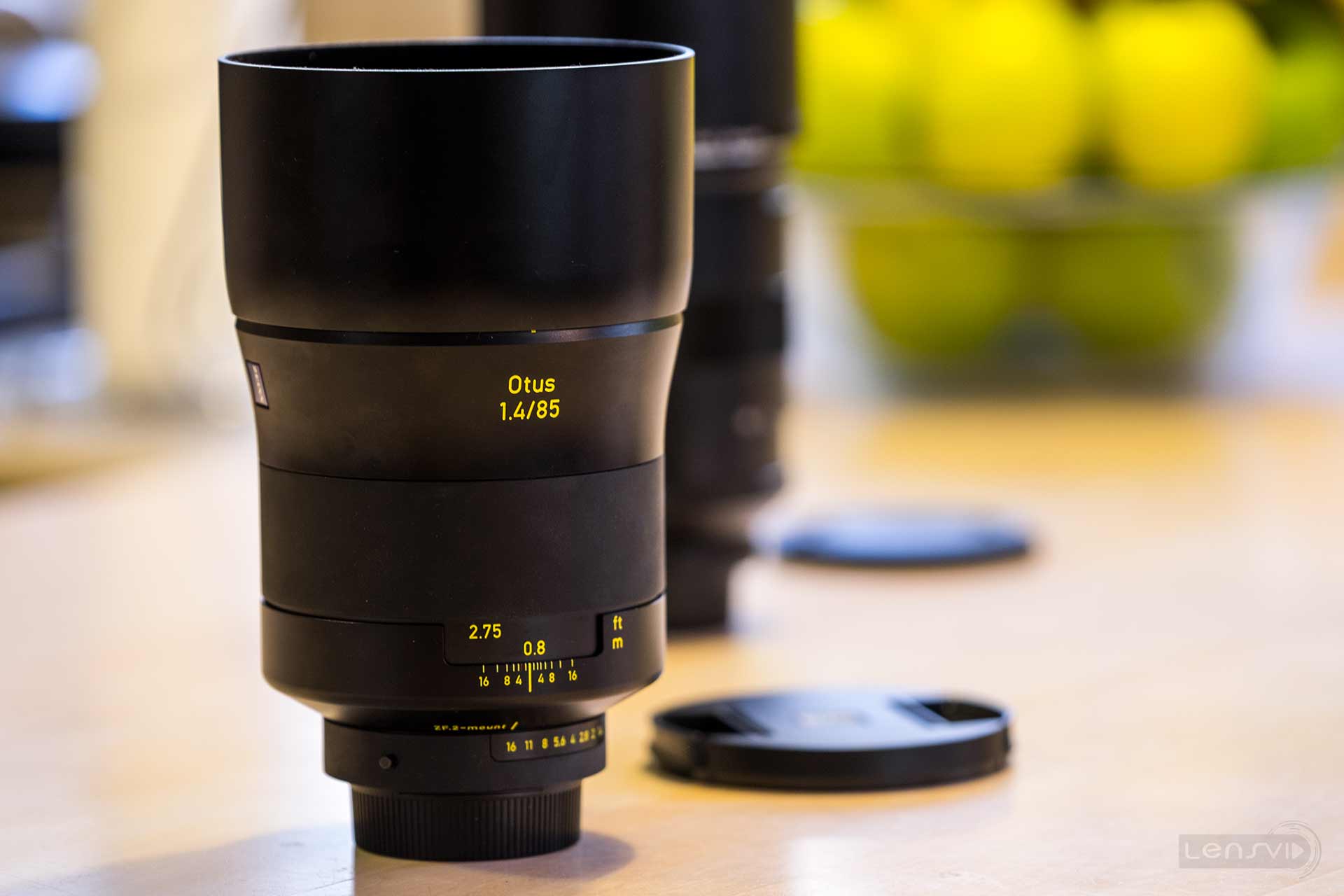



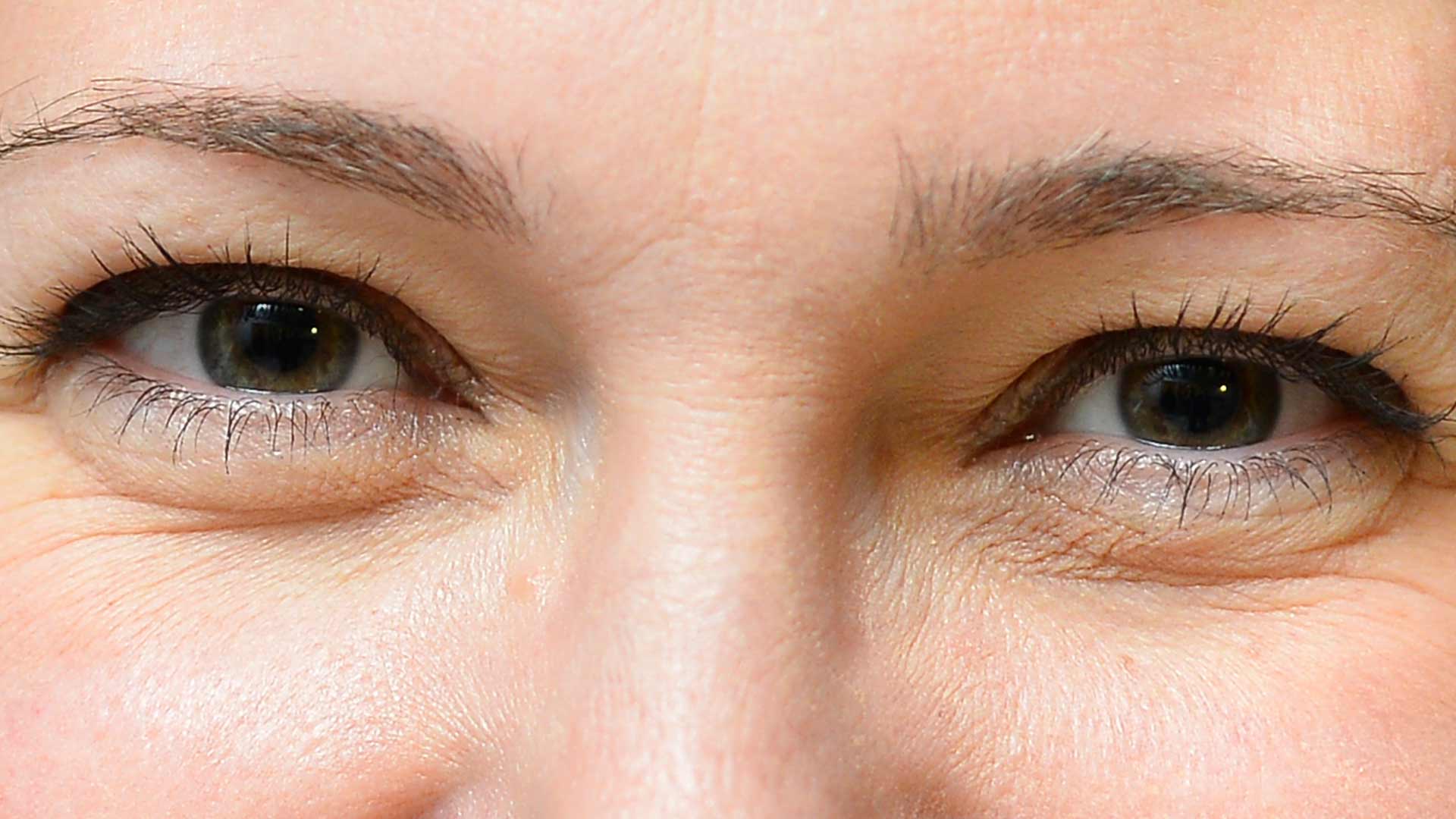





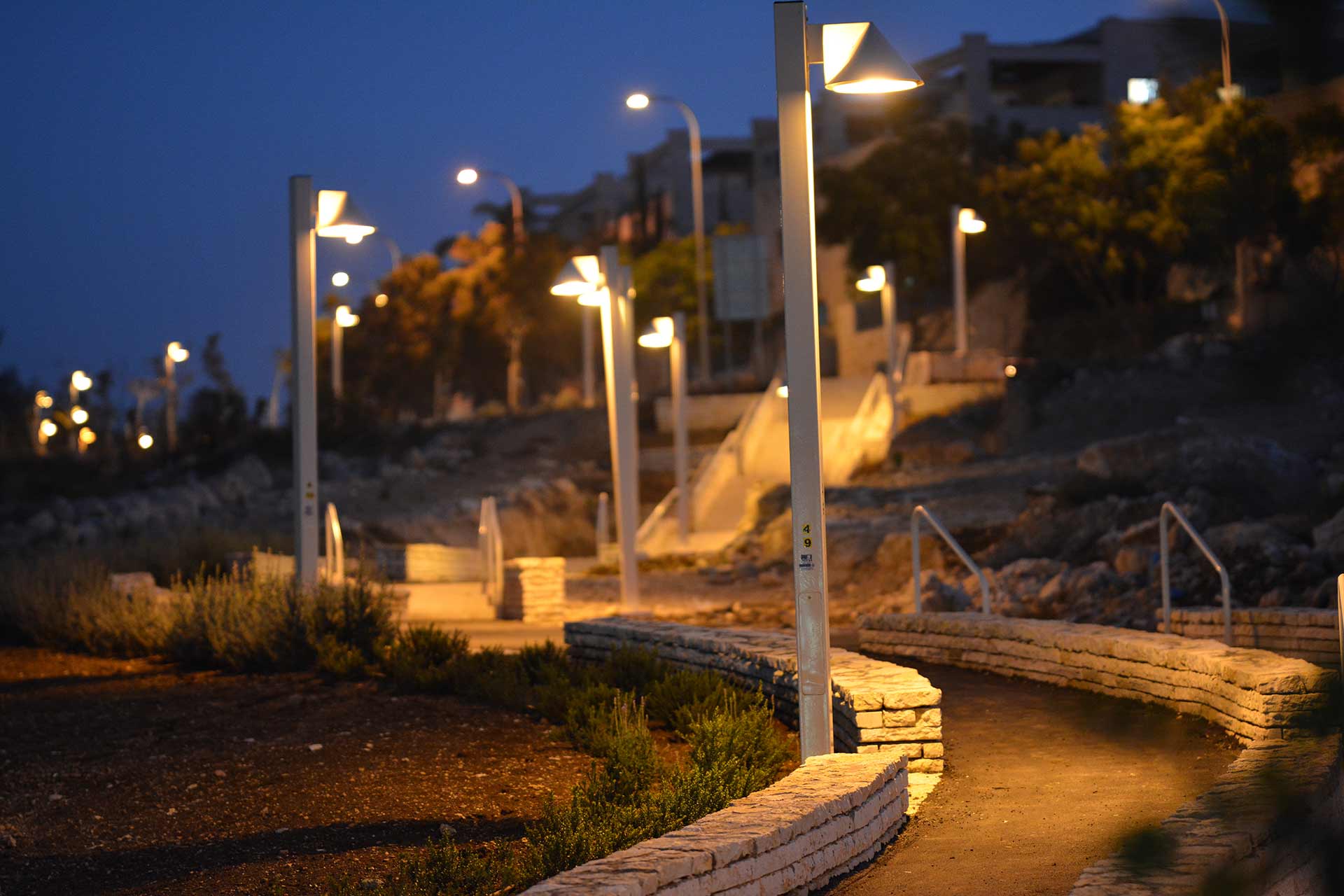
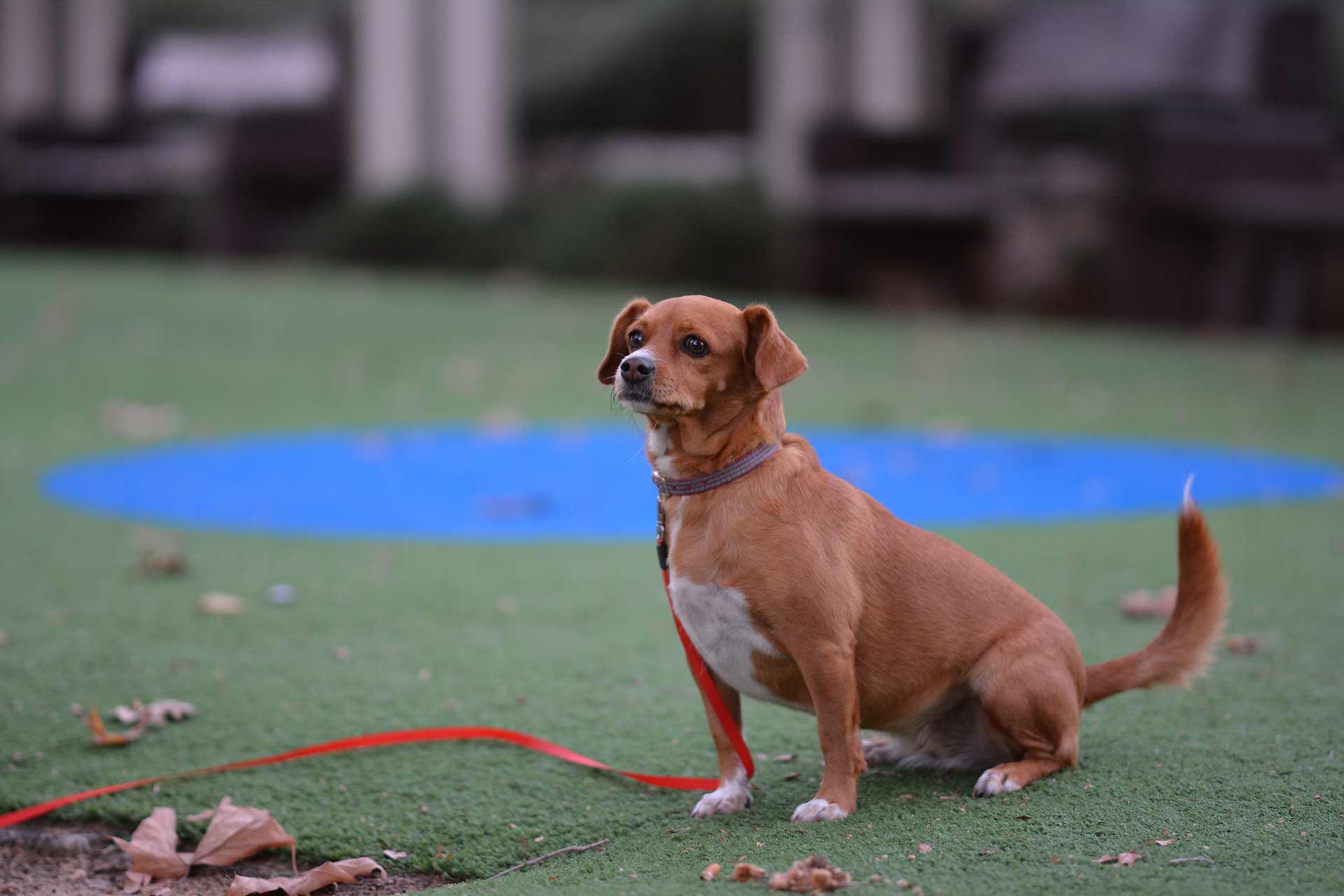
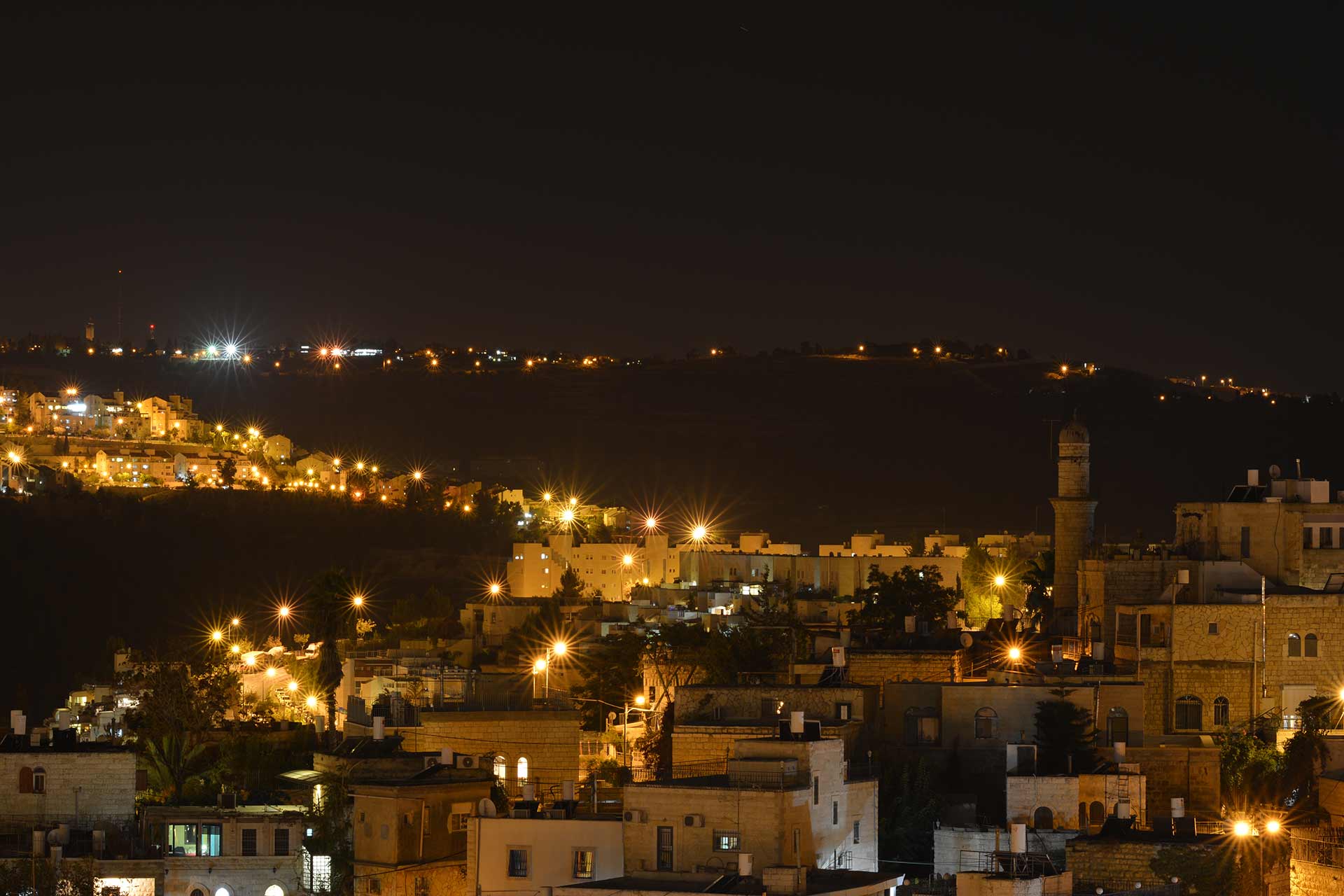

7 comments